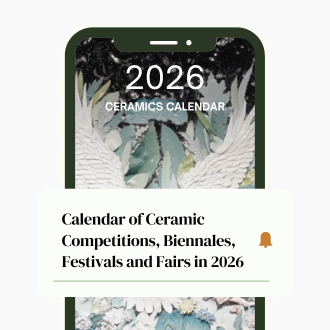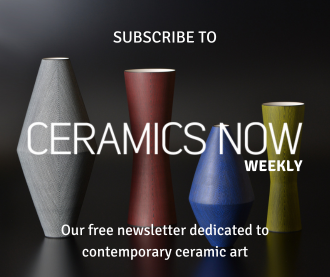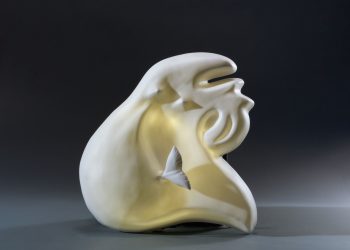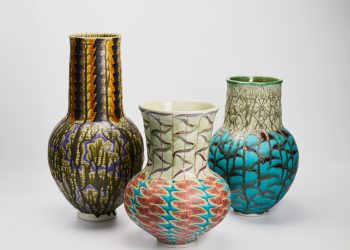Nina Gerada is a London based artist, designer and educator. She is a graduate of London Metropolitan University (2011), The Bartlett School of Architecture, UCL (2006) and Chelsea College of Art (2003) and is a Higher Education Teaching Fellow (2018).
Gerada is from Malta, a multilingual island at the centre of the Mediterranean: a place that has been occupied by many, with a diverse mix of British, European, North African, Eastern and Western influences. This background, combined with being a migrant to the UK, influences her work, raising questions on the female, immigrant and post-colonial experience. Her training in architecture and urban design are evident in the vast scales and spatial preoccupation of her work.
She has exhibited with Thrown Contemporary at Collect 2022 and London Craft Week (2021), and in various exhibitions about women’s bodies: ‘Maternochronics’ (2021) and ‘Lets talk Breast’ (2019). Her ‘Nollini’ sculptures were featured in Wired Magazine (July 2021). In her work as a Production Designer, Gerada won the Best Production Design Award at the Bridges International Film Festival (2014). Her maps were exhibited in ‘Exploring the Political Agency of Mapping and Maps’ UCL (2012) and feature in ‘Uncommon Malta & Gozo’ (2011). In her work as an Urban Designer she has designed strategies for Bank, Soho and Liverpool Street in London.
Visit Nina Gerada’s website and Instagram page.
Featured work
Selected works, 2018-2022
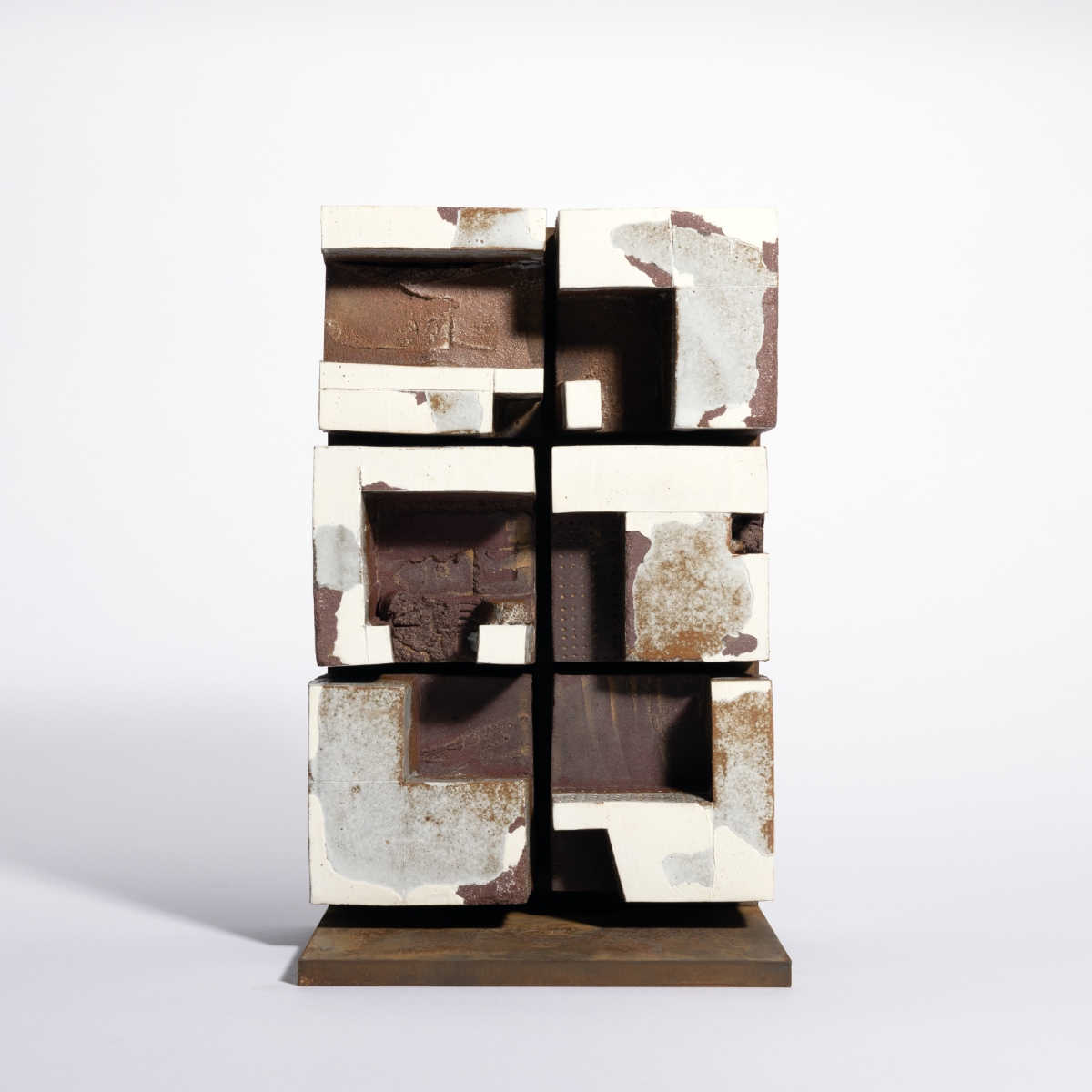
Nina Gerada merges figurative and architectural motifs, exploring the interconnectedness between buildings, communities and people. Having left her homeland in her teens, Gerada’s work combines memory with elements of language to examine the postcolonial and migrant experience.
Gerada is drawn to repetitive processes and pattern finding with a tendency to make connections across varied scales. Her process involves carving and tearing clay, exposing fault lines, embedding it with the imprints of tools and often combining it with raw, rusty metals. Working in multiples, she reconfigures the separate elements to create patterns, searching for balance and movement. Reminiscent of maps, empty swimming pools and archaeological digs of ancient cities; her pieces reference bricks, blueprints and typeset printing blocks. More recent works are intentionally cracked in the kiln, symbolic of weathered buildings and ageing skin. They allude to an acceptance of imperfection, unpredictability and change.
References to the rock formations and carved spaces of her homeland, Malta, appear in Gerada’s work. The island’s Neolithic statues, temples and artefacts are an inspiration, through which Gerada explores her experience as a migrant and a mother. The Siluwetta pieces resemble interconnected circular spaces as well as silhouettes of women. Here, courtyards, rooms and tombs are wombs, breasts, and vulvas. Totemic symbols intertwining notions of women as life giving vessels, of mothering and the psychological theories of containment, the impulse to be embedded in the rock, and a yearning for community and connectedness.





